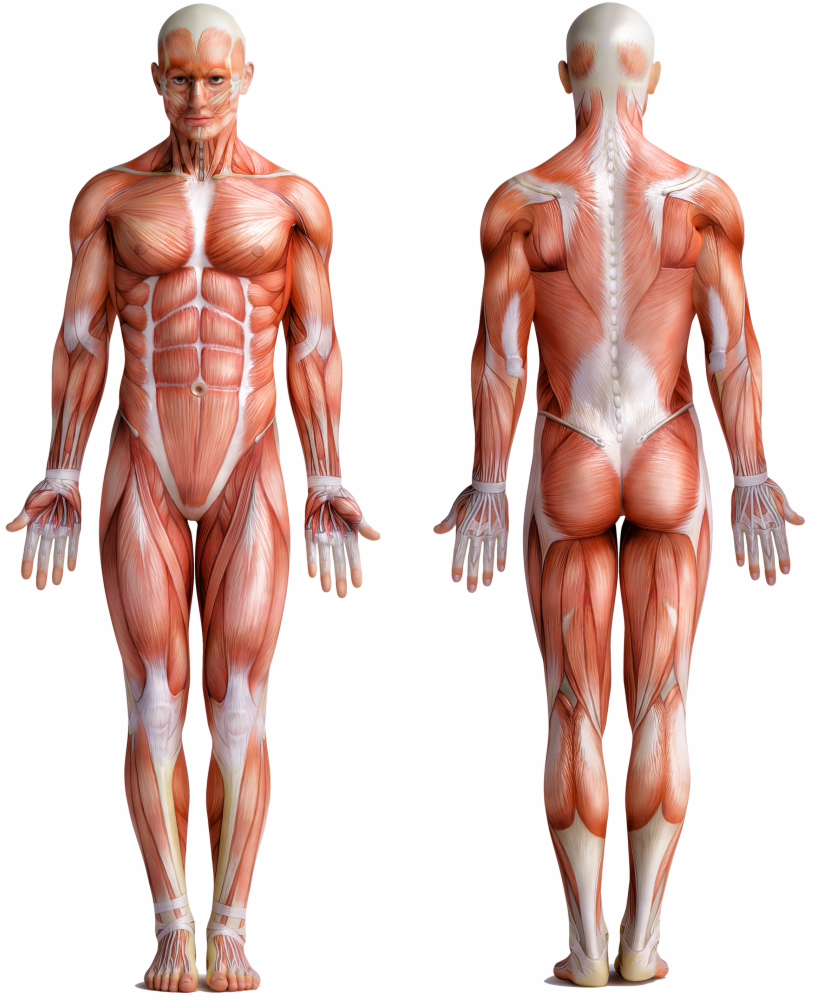-

-
About Us
- Our Vision
-
Personalized Care
Personalized Care Personalized Care Intro
Diagnostic Tests
- Digital X-Ray
- DynaROM
- 3D Body Scanning
- Gastrointentinal Health
- Organic Acids
- Comprehensive Stool Analysis
- Food Sensitivity
- Dietary Antigen Complete
- Endocrinology
- Thyroid Panel
- DUTCH Hormone Test
- Neurotransmitter Profile
- Adrenal Profile
- Nutritional Status
- Vitamin D
- Homocysteine
- Methylmalonic Acid
- Urine Iodine
- Organic Acids
- Copper Zinc Profile
- Essential Fatty Acid Profile
- RBC Metals & Minerals
- Toxic & Essential Elements
- RBC Elements
- Urine Toxic Metals
- Hair Metals & Minerals
- Urine Halides
Treatments
- Avacen Therapy
- Bioidentical Hormone Replacement Therapy (Anti-Aging)
- Chiropractic Care
- Electric Muscle & Nerve Stimulation
- Emsculpt Neo
- Emsella Treatment
- Erchonia Laser (Model EVRL)
- Exosomes
- Hair Restoration
- Headache & Migraine Treatment
- Hyaluronic Acid Injection
- Intersegmental Traction
- IV Nutrient Therapy
- Laser Lipo
- Massage Traction Chair
- PRP Facials
- PRP for Erectile Dysfunction
- PRP for Female Sexual Dysfunction
- PRP for Pain Relief
- PRP for Urinary Incontinence
- Semaglutide
- Shockwave Therapy for Cellulite & Skin Tightening
- Shockwave Therapy for Pain Relief
- Shockwave Therapy for Female Sexual Dysfunction
- Shockwave Therapy for Male Sexual Dysfunction
- Skin Rejuvenation
- Spinal Decompression
- TENS Unit
- Testosterone Replacement Therapy (TRT)
- Therapeutic Ultrasound
- Thyroid Care
- Trigger Point Therapy
- Durable Medical Equipment
- Ankle-foot Orthosis
- Cervical Rehab Coller
- Custom Foot Orthotics
- Lumbosacral Orthosis
- Osteoarthritis Knee Brace
- Wrist Brace
- FAQs
- Testimonials
- Pain Relief
- Weight Loss
-
Sexual Wellness
-
Anti-Aging
-
Resources
- Blog
- Video Library
- Store
-
Health Condition Library
Health Condition Library
- Ankle Osteoarthritis
- Bulging Spinal Disc
- Carpal Tunnel
- Cervical Degenerative Disc Disease
- Cervical Radiculopathy
- Elbow Bursitis
- Erectile Dysfunction
- Fatigue
- Female Hormone Imbalance
- Female Sexual Dysfunction
- Fibromyalgia
- Foot Arthritis
- Frozen Shoulder
- Golfer’s Elbow
- Hand Arthritis
- Headache
- Hip Bursitis
- Hip Osteoarthritis
- Hyperthyroidism
- Hypothyroidism
- Knee Bursitis
- Knee Osteoarthritis
- Low Testosterone
- Lumbar Degenerative Disc Disease
- Migraines
- Musculoskeletal Pain
- Obesity
- Osteoarthritis
- Plantar Fasciitis
- Plantar Fibroma
- Rotator Cuff Injury
- Sciatica Pain
- Shoulder Bursitis
- Shoulder Osteoarthritis
- Tennis Elbow
- Thoracic Degenerative Disc Disease
- Urinary Incontinence
- Weight Gain
- Wrist Arthritis
- Wrist Bursitis
- Contact
Understanding Migraines
Alternate Names: Migraines are frequently referred to as “migraine attacks” or simply “migraines.” Some people may also use terms like “sick headache” or “vascular headache” to describe this condition.

Introduction:
Migraines are a incapacitating type of headache that affects millions of people worldwide. Also known as migraine attacks, these episodes can cause intense pain and a range of other symptoms. In this comprehensive guide, we will explore the various aspects of migraines, including their alternate names, symptoms, causes, and multiple treatment options.
Symptoms:
Migraines are characterized by severe, throbbing headaches that typically affect one side of the head. However, it’s important to note that migraines can also occur on both sides or shift from one side to the other. In addition to the headache, other symptoms may include:
- Sensitivity to light (photophobia)
- Sensitivity to sound (phonophobia)
- Nausea and vomiting
- Aura – visual disturbances like flashing lights or blind spots
- Dizziness or vertigo
- Tingling or numbness in the face
- Tingling or numbness of extremities
Causes:
The exact cause of migraines is still not entirely understood. However, researchers believe that a combination of genetic and environmental factors play a role. Some common triggers for migraines include:
- Hormonal changes: fluctuations in estrogen levels, particularly in women, can trigger migraines.
- Certain foods and drinks: alcohol, caffeine, chocolate, aged cheeses, and processed foods can act as triggers.
- Stress and emotional factors: high-stress levels, anxiety, and depression can contribute to migraines.
- Environmental factors: bright lights, strong smells, and changes in weather patterns can trigger migraines.
- Sleep disturbances: both lack of sleep and excessive sleep can be migraine triggers.
Multiple Treatment Options:
Managing migraines involves a combination of lifestyle changes, preventive measures, and acute treatments. Here are some common treatment options:
- Lifestyle modifications – maintaining a regular sleep schedule, managing stress levels, and avoiding trigger foods can help reduce the frequency and severity of migraines.
- Medications – over-the-counter pain relievers, such as nonsteroidal anti-inflammatory drugs (NSAIDs), can provide relief for mild migraines. For more severe cases, prescription medications like triptans or ergotamines may be prescribed. Although NSAIDs do reduce inflammation to temporarily relieve pain, they are responsible for 30% of hospital admissions for adverse drug side effects, mainly due to bleeding, heart attack, stroke, and kidney damage. In addition, from the first day of use, all NSAIDs increase the risk of gastrointestinal (GI) bleeding, myocardial infarction, and stroke.
- Biofeedback and relaxation techniques – learning to manage stress through techniques like biofeedback, meditation, or deep breathing exercises can help prevent migraines.
- Botox injections – in some cases, Botox injections may be recommended to prevent chronic migraines.
- Alternative therapies – acupuncture, chiropractic adjustments, and herbal supplements have shown promise in managing migraines for some individuals.
Conclusion:
Migraines can significantly impact a person’s quality of life, but with proper understanding and management, individuals can find relief and reduce the frequency of these debilitating attacks. By recognizing the symptoms, identifying triggers, and exploring various treatment options, individuals can take control of their migraines and improve their overall well-being. It is advisable to consult with a healthcare professional for a precise diagnosis and personalized treatment plan.









